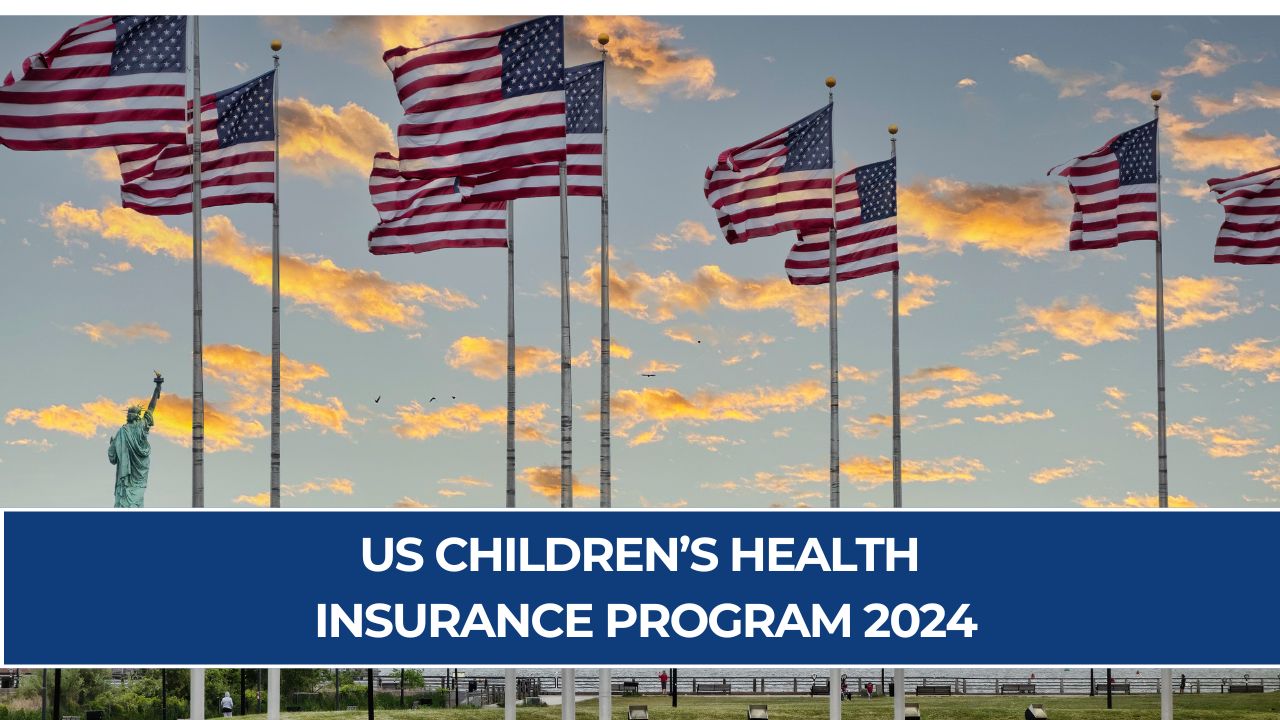The Children’s Health Insurance Program (CHIP) provides healthcare coverage to millions of children in the United States who come from low- to moderate-income families.
The program ensures access to essential medical services, covering everything from routine checkups to emergency care.
With recent updates in 2024, the CHIP program continues to offer benefits to families across the country, aiming to improve child healthcare access and coverage.
What is the US Children’s Health Insurance Program (CHIP)?
The US Children’s Health Insurance Program (CHIP) is a federal initiative created by Congress to provide health insurance to children under 18 from families who do not qualify for Medicaid but still struggle to afford private health insurance. Each state administers its own version of CHIP within federal guidelines,
adjusting income thresholds and coverage details to meet the unique needs of its residents.
Eligibility Criteria for CHIP in 2024
To be eligible for CHIP in 2024, families must meet certain criteria, which vary depending on the state. Here are the general requirements:
- Citizenship or Immigration Status: The child must be a U.S. citizen or meet certain immigration requirements.
- Income Limits: The family’s income must fall within the state-defined limits for CHIP eligibility. Typically, this depends on family size and household income, and each state sets its own thresholds. For example, a family of four with an annual income of around $106,000 may be eligible in certain states.
- Age Requirement: The child must be under 18 years old.
- State-Specific Regulations: Each state may have additional regulations outlined in its CHIP state plan.
It is essential to check state-specific CHIP eligibility requirements, which can be found on the official website, www.healthcare.gov.
CHIP Benefits in 2024
CHIP provides extensive medical services, covering routine care and more specialized treatments. Here’s what families can expect in terms of benefits:
- Medical and Dental Care: CHIP covers medical checkups, vaccinations, emergency services, and hospital care at no or minimal cost. Dental care, including routine cleanings and fillings, is also provided.
- Premiums and Copayments: While the program is free for many, some states may charge a small monthly premium. Additionally, copayments may be required for certain services, but the total out-of-pocket costs cannot exceed 5% of a family’s annual income.
| CHIP Coverage | Details |
|---|---|
| Age Limit | Under 18 years old |
| Income Limit | Varies by state, often ~250% of the Federal Poverty Level (FPL) |
| Cost | Minimal or no cost, capped at 5% of family income |
| Services Covered | Medical checkups, vaccinations, dental care, emergency services |
Special Considerations for Pregnant Women
In some states, pregnant women may also qualify for CHIP coverage, particularly if they meet the program’s income and residency requirements.
This allows expecting mothers to receive the necessary prenatal and postnatal care to ensure their health and that of their babies.
Income Thresholds in 2024
As mentioned, income limits are state-specific and depend on family size. For example, the income threshold for a family of four is approximately $106,000 in some states, but this number can vary.
States set their income limits based on a percentage of the Federal Poverty Level (FPL), often around 250%, but it could be higher in certain locations.
CHIP vs. Children’s Medicaid
In certain cases, children may qualify for Medicaid instead of CHIP if their family’s income is lower than the state’s CHIP threshold. Medicaid offers similar benefits but is targeted at families with more limited financial resources.
Each state’s CHIP and Medicaid programs work together to ensure that no child is left without coverage, regardless of the family’s financial situation.
Key Facts About CHIP in 2024
- CHIP is a federal program that provides health coverage for children under 18 from families who do not qualify for Medicaid.
- Congress has consistently supported the program, ensuring its continued availability and promoting enrollment, especially through increased funding since 2009.
- While some families may have to pay small premiums or copayments, the program ensures that healthcare costs remain affordable, never exceeding 5% of a family’s annual income.
- Pregnant women who meet the program’s criteria can also qualify for benefits, providing essential maternal health coverage.











